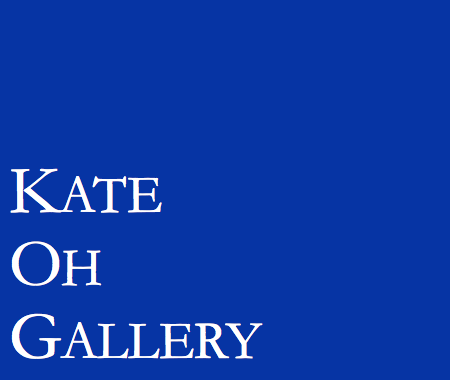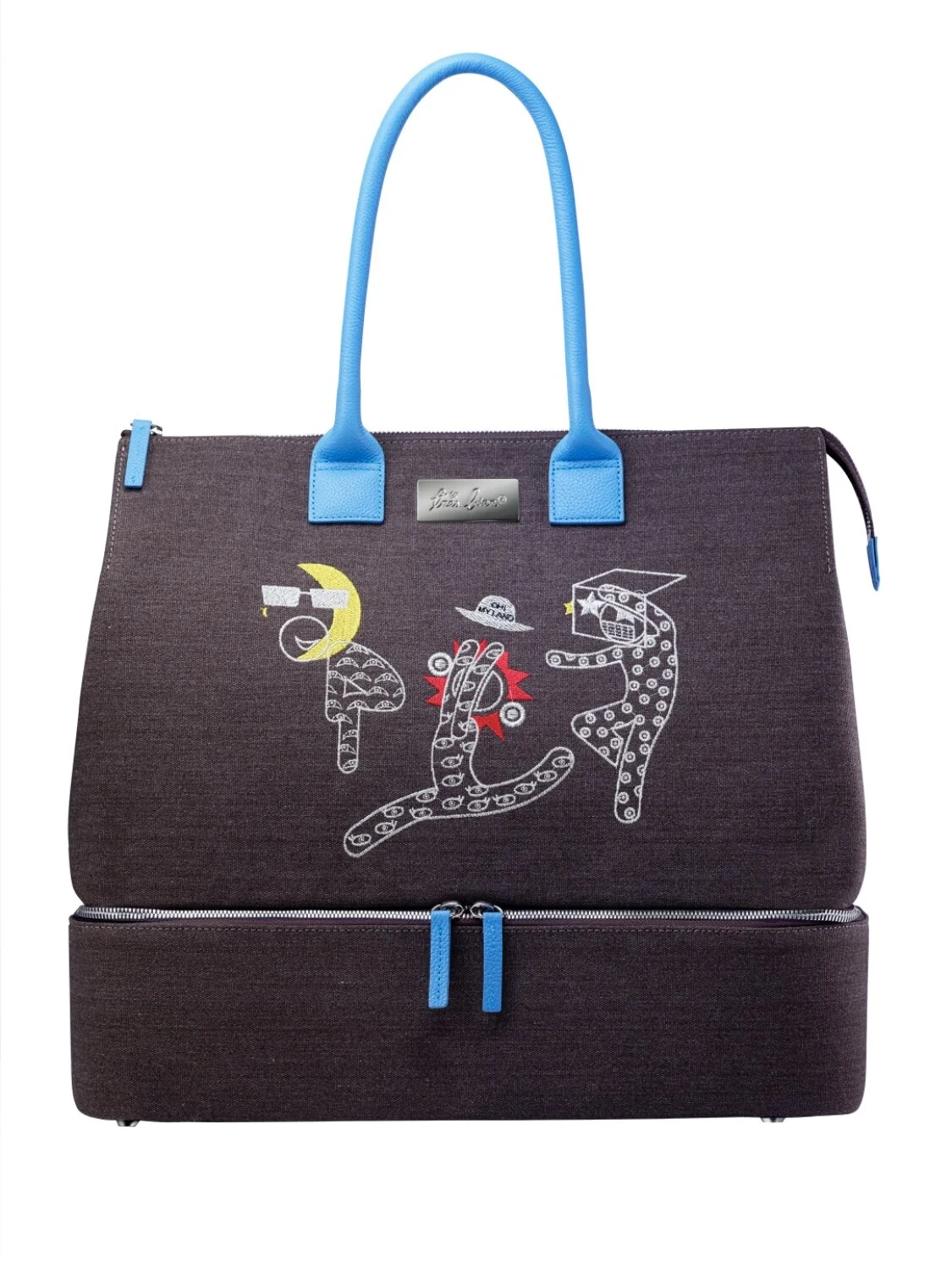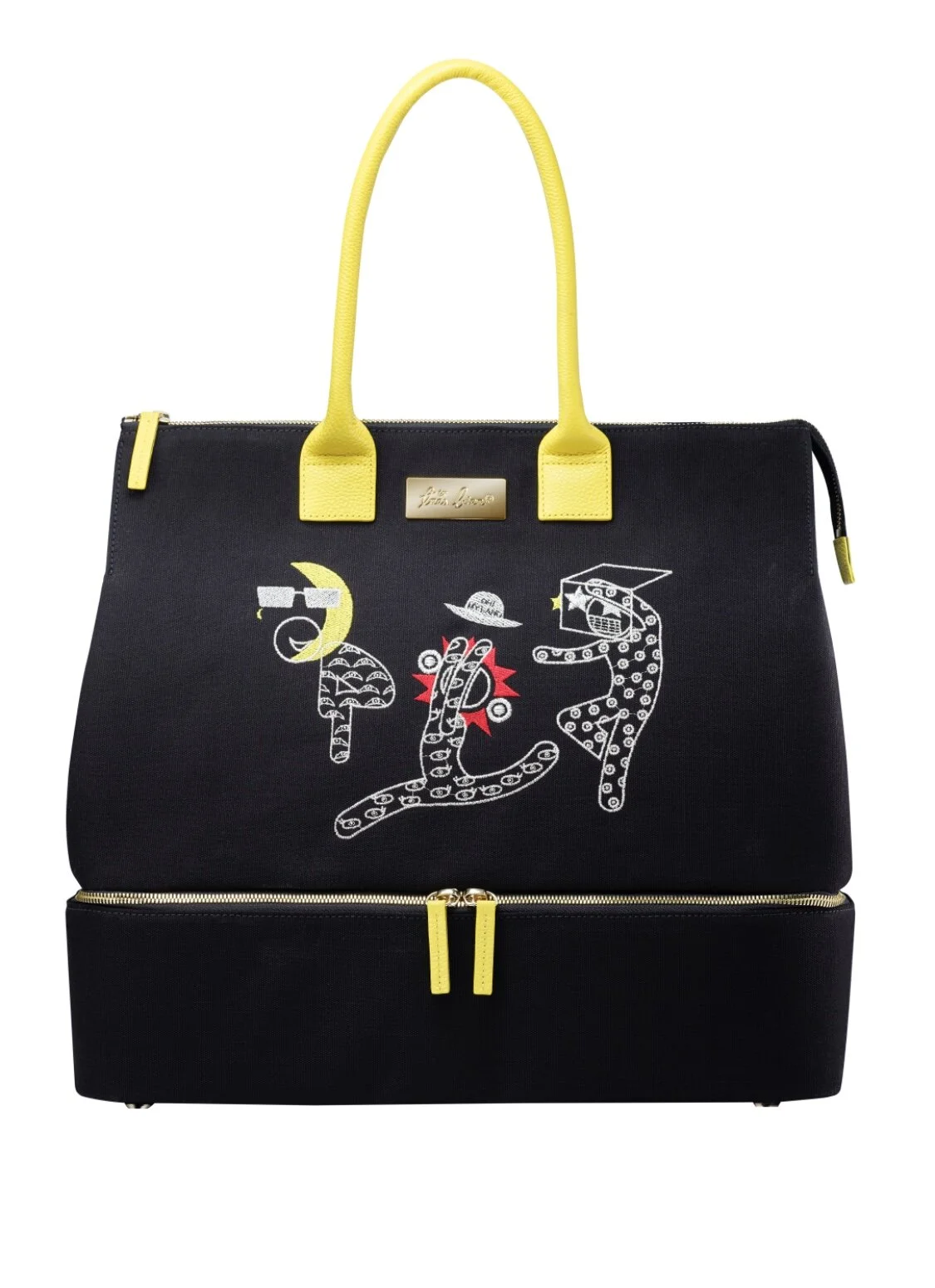The Birth of Oopsy and Oopsy
Erica Kim
January 16 to February 4, 2020 (by RSVP only)
(RSVP only: RSVP to info@kateohgallery.com)
“The birth of Oopsy & Oopsy” will showcase original works and bags designed by Erica Kim, the founder of luxury brand Oopsy Oopsy. Erica’s work aims to deliver a sense of long-lasting joy, harmony, and stability in the world.
In today’s modern and fast-paced society, Erica finds that the secret to a successful business lies in unceasing passion, diligence, and humanistic goals, which in turn make a positive impact on people's lives in their own unique ways. The philosophy of the brand, commented by the artist, is to convey the sense of nostalgia and enthusiastic spirituality through graphic elements that combine reality and fantasy. Through collaborative work with talented craftsmen, the artist wishes to promote her brand as a mass luxury brand that touches on youthful hearts of all ages around the world.
Erica Kim was born in Seoul, Korea in the autumn of 1975. She studied in the United States when she was a child and later pursued her dreams as an art student in New York. As one of the granddaughters of Shi Choon (Si Chun) Park, an influential composer in Korea, the artist had the privilege of growing up around art. Park’s music helped foster and establish Korea’s national identity, as well as encouraged citizens to endure the Korean War in the 1950s, one of Korea’s most painful eras. His artistic influence and grandfatherly love directly and personally contributed to widening Erica’s own artistic vision. Under the loving guidance of Erica’s grandfather and family, Erica’s passion for the arts flourished greatly.
To describe “The Birth of Oopsy and Oopsy,” a showcase of original plastic arts, prints, and clothing items by Korean artist Erica Kim, as merely whimsical would not do the exhibition justice. Indeed, the sculptural works are playful and “rascally”—that is, recurrent themes of natural phenomena are anthropomorphized, with the sun bedaubed with a crimson mane and earrings, a stern piercing smile in one print; in another an overwhelmed robot balanced two pots, much like a scale, eyebrows crossed; yes, in another, a pincer-donned crescent moon floats upon a grey cloud. At first, the viewer’s impulse may be to categorize these works alongside other Takashi Murakami's "superflat" works, but this would be an inappropriate conflation, considering how Murakami's works engage with Japanese post-war social commentary. Nor is a comparison with sculptures and toys produced by Kidrobot or Kaws particularly appropriate, as Kim’s work is markedly singular.
Those who will recall Jeong Ho Heo's Hangul and the Spaces Between will recall very particular motifs that riddle Korean art history, including ceramics and flattened moon, or fragile sun figures with delicate vein-like cracks. As some of the foundational motifs indexing longevity, the clouds, sun, and stones were often featured in Korean decorative arts and adorned folk paintings, folding screens (irworobongdo), or emboridered decorations on fabrics. Today, such ornamentation is often used in gatways, doors, or fences. Indeed, there is a historically rich and profound history to such motifs, a history that Kim’s sculptures, bags, and prints are in discourse with. With Oopsy Oopsy, such spiritually galvanized motifs are plucked from their folk origins and posited within the semblance of contemporary art, with flaxen sunrays and facial cues mending the traditional orientation of such devices. Kim also adds new and highly original emblems to her works—outstanding details such as a lifted wedge of punctured swiss cheese or a dripping egg yolk hide behind the sculptures, rewarding the prudent viewer who carefully muses about the sculptures. There is a depth to these highly contemporary and humorous works that merits consideration, for they mediate pop culture while resonating within an art historical lineage.
-Ekin Erkan







